European Powerboat of the Year: The nominees in the electric boat category
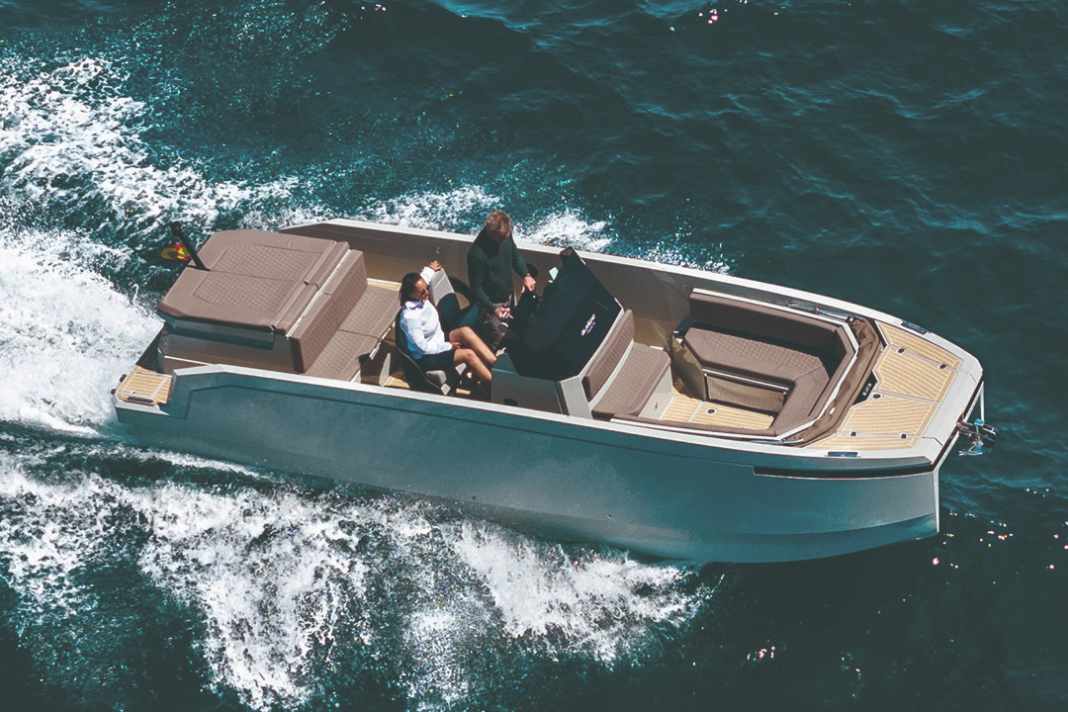





Electric boats are the focus of many young companies that do not necessarily come from the traditional shipyard spectrum. For this reason, the innovation density is often higher, but the quantities are still comparatively low.
The candidates in the 5 other categories:
Sustainability is a key aspect of their development. With concerns about climate change and pollution on the rise, catamaran manufacturers have started to develop environmentally friendly alternatives to conventional diesel engines. Electric catamarans utilise battery systems and electric motors that are emission-free and drastically reduce CO2 emissions.
Technological progress plays a decisive role in the development of electric catamarans. In particular, advances in battery technology, such as lithium-ion batteries, have significantly improved the range and efficiency of these boats. Manufacturers are investing in new technologies to create lightweight, powerful and long-lasting batteries that meet the requirements of maritime use.
Another important feature of electric catamarans is the high energy efficiency of their drive systems. These systems allow the energy from the batteries to be utilised optimally, resulting in a greater range and longer sailing times. In addition, some catamarans combine electric drives with solar cells on deck to recharge the batteries while underway or in harbour.
The quiet operation of electric catamarans is another outstanding feature. Compared to motorised boats with combustion engines, electric motors significantly reduce the noise level, which makes the experience on the water more pleasant, both for those sailing and for the natural environment.
The market for electric catamarans is growing, and more and more manufacturers are offering models in different sizes and with different equipment. Well-known manufacturers and new companies are bringing innovative products onto the market that meet the requirements and needs of modern boat owners.
Last but not least, some regulatory frameworks promote the use of electric boats by supporting the use of environmentally friendly technologies. This contributes to market acceptance and the development of new models.
Axopar AX/E 25
It was only a matter of time after the Finnish sports boat shipyard joined the e-outboard manufacturer Evoy: the e-version of the Axopar 25 is now on the market and impresses with top performance. 225 kW motor power and a 126 kWh battery should make the boat more than 50 knots fast.
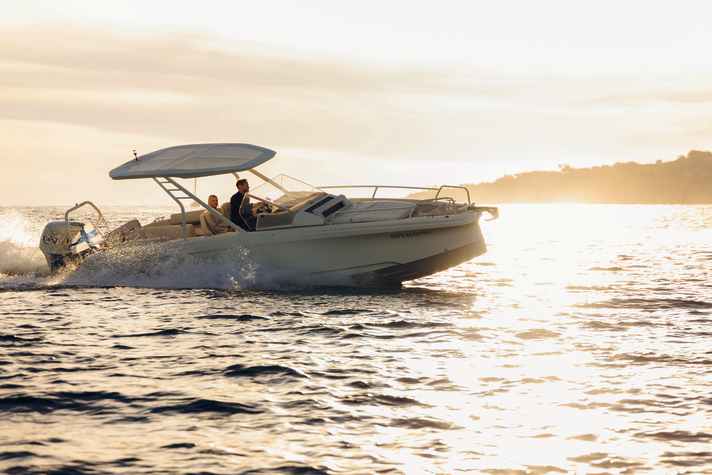
- Length 8 m
- Width 2.23 m
- Weight 2950 kg
- Motorisation 225 kW
Riva EL Iseo
The electric version of the Riva Iseo is based on the design of its classic predecessors. In technical terms, however, it is new through and through. With 150 kWh batteries and 250 kW continuous power, she is fast (40 knots) and achieves a range of more than 25 nm at planing speed - a good value.
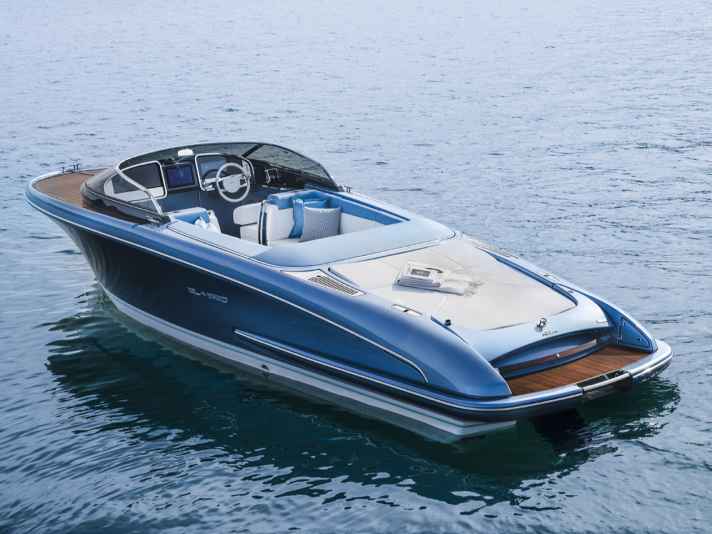
- Length 8.35 m
- Width 2.50 m
- Weight 4360 kg
- Motorisation 250 kW
Frauscher x Porsche Fantom 850 Air
The Frauscher x Porsche Fantom 850 Air represents Porsche's entry into electric boat building. The hull and deck come from Frauscher, the drive train with up to 400 kW peak power (at 45 knots) from the current Porsche Macan.
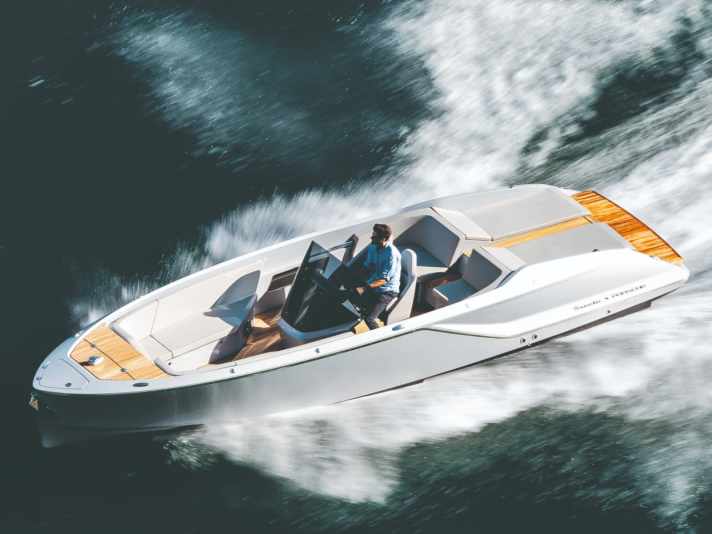
- Length 8.67 m
- Width 2.49 m
- Weight 2800 kg
- Motorisation 170 kW
Stickl E-Spirit 730
Depending on the motorisation, the Hungarian E-Spirit 730 can be operated as a semi-glider or full glider. Shaft drives are used for the more powerful engines, while the smaller engines up to 19 kW are designed as underwater drives. The cabin offers space for two people.
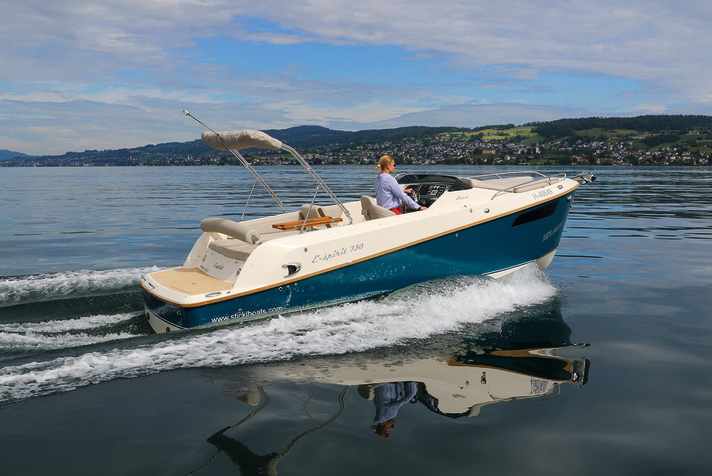
- Length 7.30 m
- Width 2.30 m
- Weight 1200 kg
- Motorisation 125 kW
De Antonio E 23
The catamaran hull and additional buoyancy provided by a foil make the De Antonio E 23 suitable for cross-country sailing despite its lower battery capacity (40 kWh). The shipyard specifies 24 nautical miles at 20 knots planing speed. The 50 kW outboard engine is designed to make the boat reach a maximum speed of 30 knots.
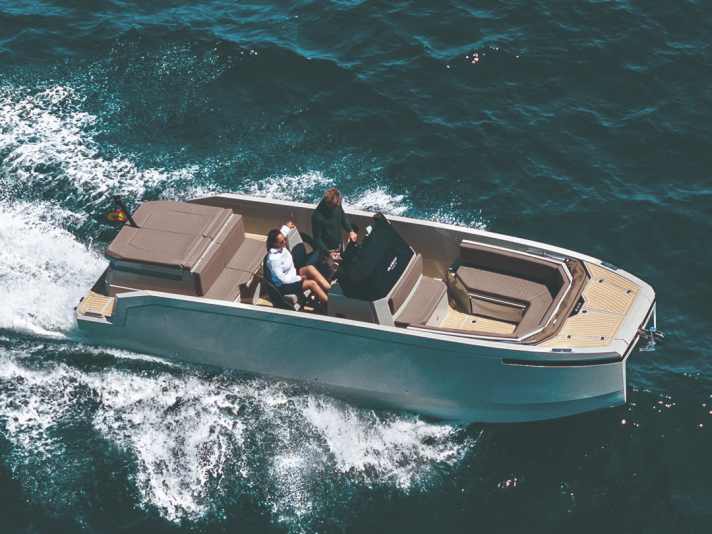
- Length 7.20 m
- Width 2.30 m
- Weight 1450 kg
- Motorisation 50 kW

